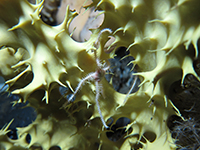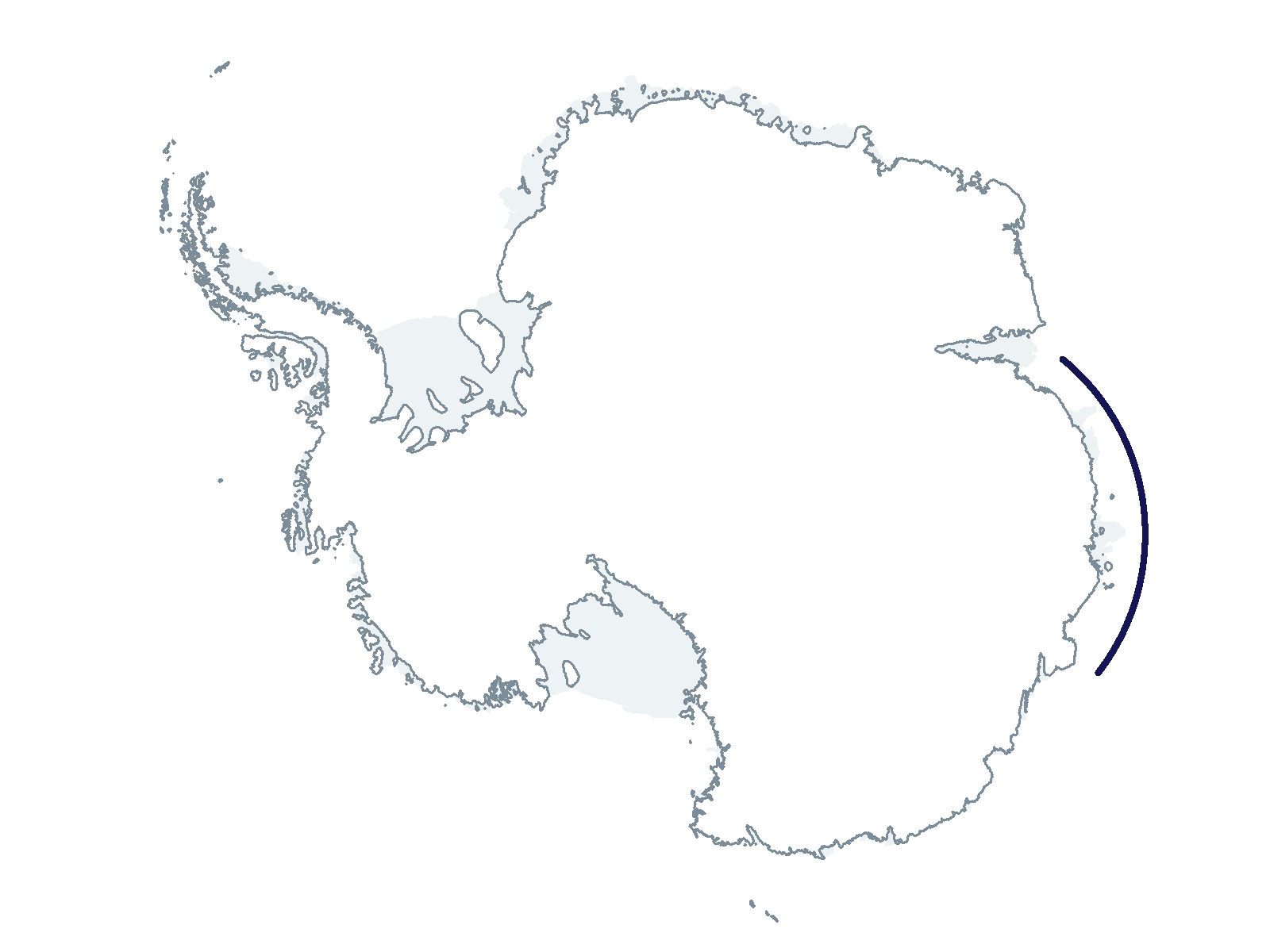2022-2023 USAP Field Season
Project Detail Project TitleCollaborative Research: Have trans-Antarctic dispersal corridors impacted Antarctic marine biodiversity? Summary
Event Number:
Program Director:
ASC POC/Implementer: Principal Investigator(s)
Dr. Kenneth Halanych
Location
Supporting Stations: RV/IB Nathaniel B. Palmer DescriptionThe overarching goal of this research is to understand environmental factors that have shaped patterns of present-day diversity in Antarctic benthic marine invertebrates. Evidence from sediment cores and modeling suggests ice shelf collapses have occurred multiple times in the last few million years. During these periods, transantarctic seaways connected the Ross and Weddell Seas. This research will assess whether the presence of transantarctic waterways helps explain observed similarities between the Ross and Weddell Seas benthic marine invertebrate fauna better than other current hypotheses (e.g., dispersal by the Antarctic Circumpolar Current, or expansion from common glacial refugia). Seven Antarctic benthic invertebrate taxa will be targeted to test alternative hypothesis about the origins of population genetic structure in the Southern Ocean using Single Nucleotide Polymorphism (SNP) markers that sample thousands of loci across the genome. Additionally, research will test the current paradigm that divergence between closely related, often cryptic, species is the result of population bottlenecks caused by glaciation. Specifically, SNP data will be mapped on to draft genomes of three of our target taxa to assess the degree of genetic divergence and look for signs of selection. Research findings may be applicable to other marine ecosystems around the planet.
Field Season OverviewIn the 2022-23 season, a science team consisting of fourteen participants will travel to the Eastern Antarctic region near Prydz Bay via the RV/IB Nathaniel B. Palmer (NBP 23-03) to conduct benthic sampling. We will embark in New Zealand and disembark in South Africa. Seven target invertebrate species (including brittle stars, sea stars, urchins, nemerteans, etc.) have been prioritized, but other species will also be collected along the continental shelf at depths ranging from 400-600 meters. Sampling may occur down to 1000 meters. Planned shipboard science includes 24-hour operations, and sampling operations at each site will include CTD (connectivity, temperature, and depth) casts, blake trawls, multicoring, multibeam surveys, and camera surveys using one of the U.S. Antarctic Program NBP camera systems. Dredge use may also be necessary depending on the shelf substrate. Post sampling activities will consist of sorting, photographing, cataloguing, and sample processing and storage, which will take place on deck as well as in the wet and dry labs. Bycatch will be catalogued, stored, and sent back to PIs Institutions along with samples of the seven target species. Samples will be monitored aboard the ship during the NBP23-04 transit, and shipped to the U.S. after arrival at Punta Arenas, Chile.
Deploying Team Members
|
2022-2023 Science Planning Summary



For USAP Participants |
For The Public |
For Researchers and EducatorsContact UsU.S. National Science FoundationOffice of Polar Programs Geosciences Directorate 2415 Eisenhower Avenue, Suite W7100 Alexandria, VA 22314 Sign up for the NSF Office of Polar Programs newsletter and events. Feedback Form |



